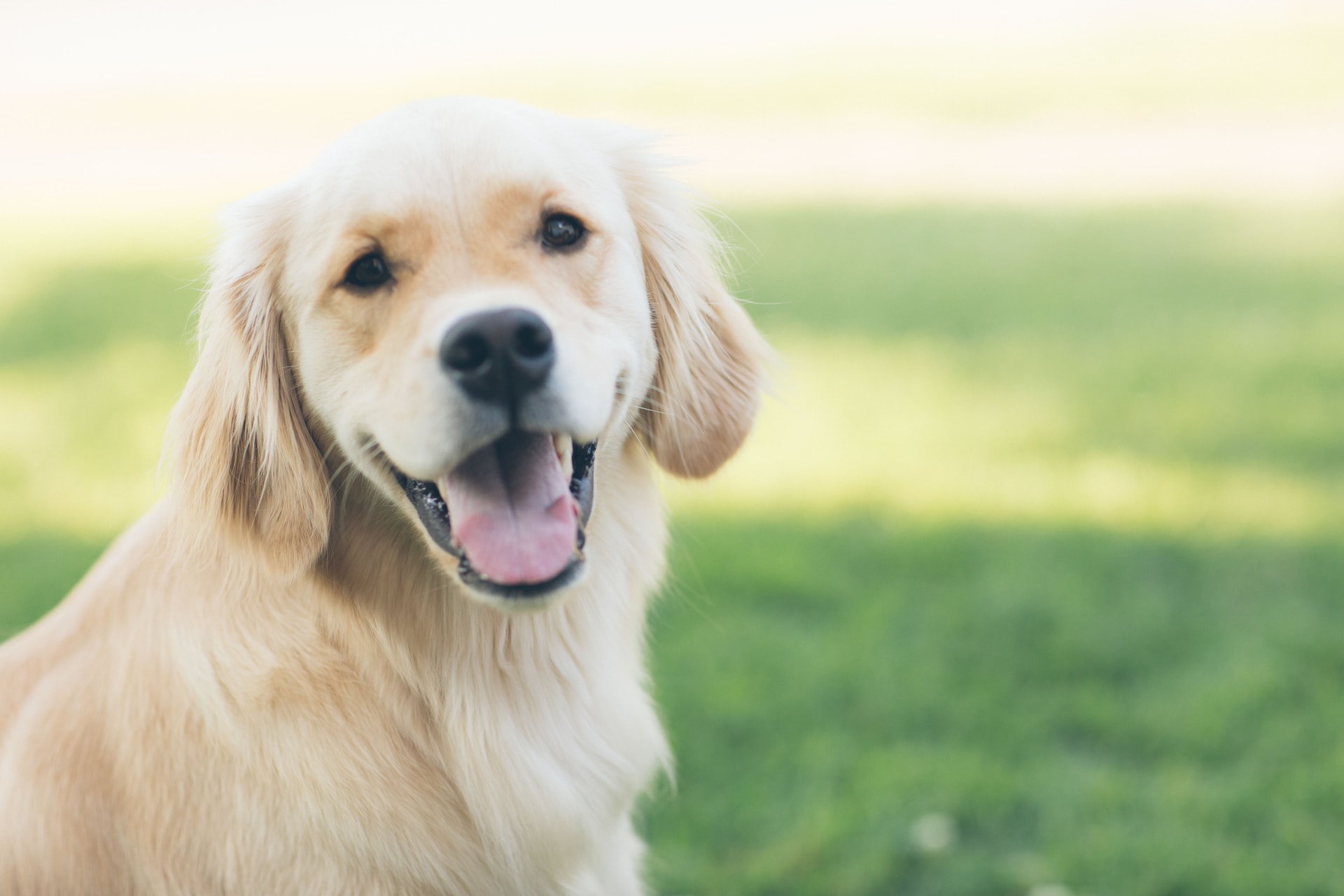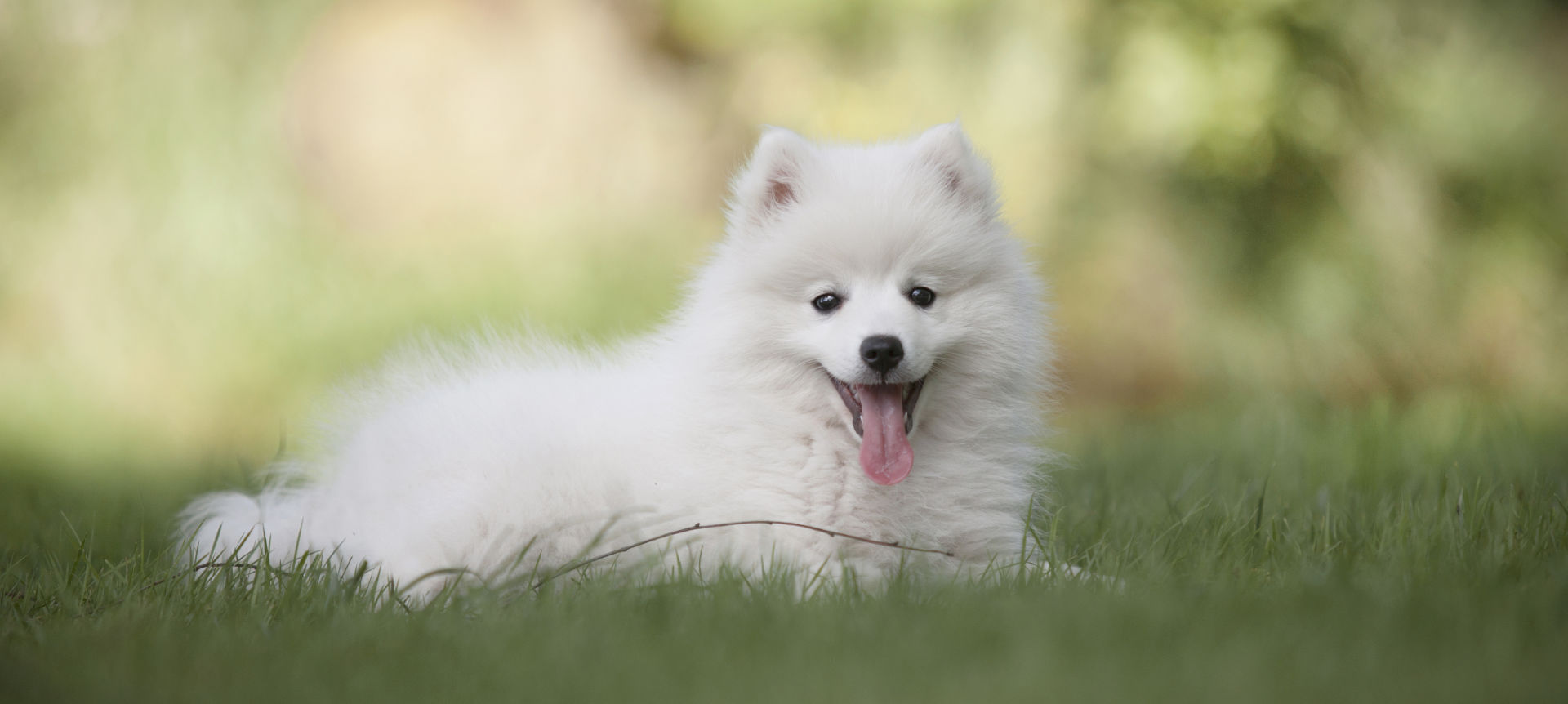
21 Jun Why Do I Need to Brush My Dog’s Teeth?
We brush our own teeth regularly and see a dentist, yet we still sometimes have dental issues that need to be treated. Imagine what condition your mouth would be in with no brushing; our dog’s mouths are no different! Plaque begins to accumulate quickly on teeth within hours of brushing, so brushing your dog’s teeth is vital for their overall health and well-being.
Periodontal disease is the most prevalent disease among dogs. The first stage of periodontal disease is gingivitis. With proper home care and regular professional cleanings, gingivitis can be reversed and the gums can return to normal health.
Once plaque starts forming on the teeth it can lead to gingivitis and eventually periodontal disease. After a few days, plaque will begin to mineralize and turn into tarter. Tarter is much more difficult to remove than plaque and many times cannot be removed with just brushing and your dog will need to have a professional dental cleaning.
When do I begin brushing my dog’s teeth?
The best time to start brushing is when your pet is a puppy, as young as 8 weeks old. Although the first set of teeth will eventually fall out it is important to get your pet used to the concept of brushing and having their mouth handled. Once your pet starts to lose teeth it is best to pause brushing and resume once the adult set of teeth has erupted.
If you have an older dog they can absolutely learn to enjoy having their teeth brushed as well, it is better late than never!
What are the steps to begin brushing teeth at home?
Step 1: Get your dog used to you handling their mouth. It is important to make it fun! Always use praise or treats as a reward and end the session on a good note. Make sure to work at your dog’s pace that they are comfortable with; some dogs may take longer than others to learn to have their teeth brushed.
Step 2: Start by touching the muzzle and lips and gently touch the gums and teeth with your finger if possible. Start offering small drops of toothpaste on the toothbrush as a treat: they should eventually look forward to seeing the toothbrush.
Step 3: Use a soft toothbrush or finger brush to brush the teeth. Hold the brush at a 45-degree angle to the tooth and brush in a circular motion. Brushing the side of the teeth closest to the tongue can be more difficult so work on this area once your dog is used to brushing the other areas of the teeth.
Step 4: Brush your dog’s teeth every day. Studies have shown that if you brush less than every other day the benefits are diminished. Use pet-specific toothpaste and products. Avoid human toothpaste, baking soda, and hydrogen peroxide.
We recommend professional dental cleanings by our Board-Certified Veterinary Dentist (on top of home brushing) every 6 months to 1 year. It is important to have your dog’s mouth regularly assessed for any potential issues and to prevent periodontal disease.
Photo by John Price from Unsplash


